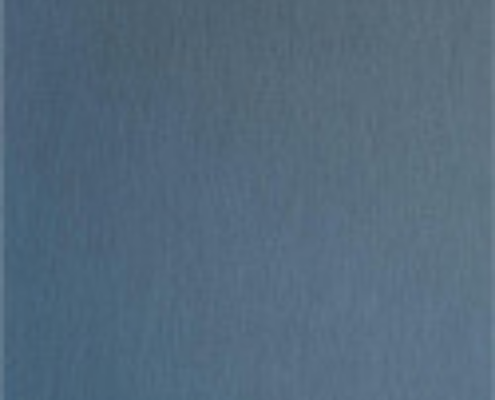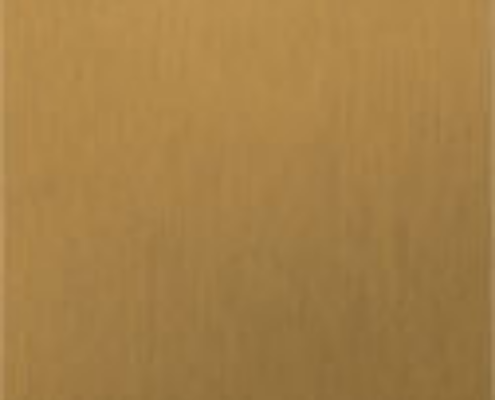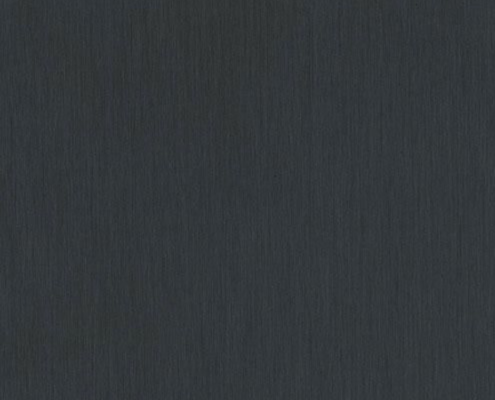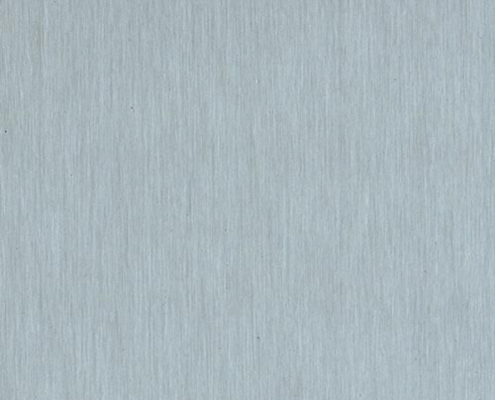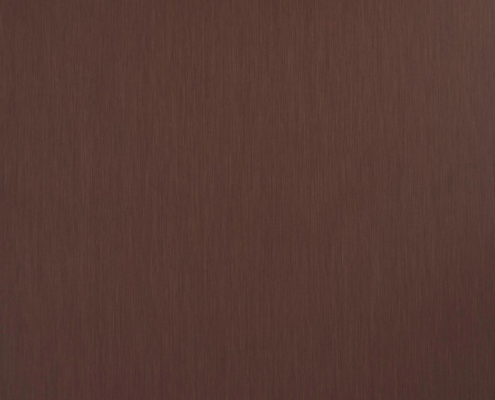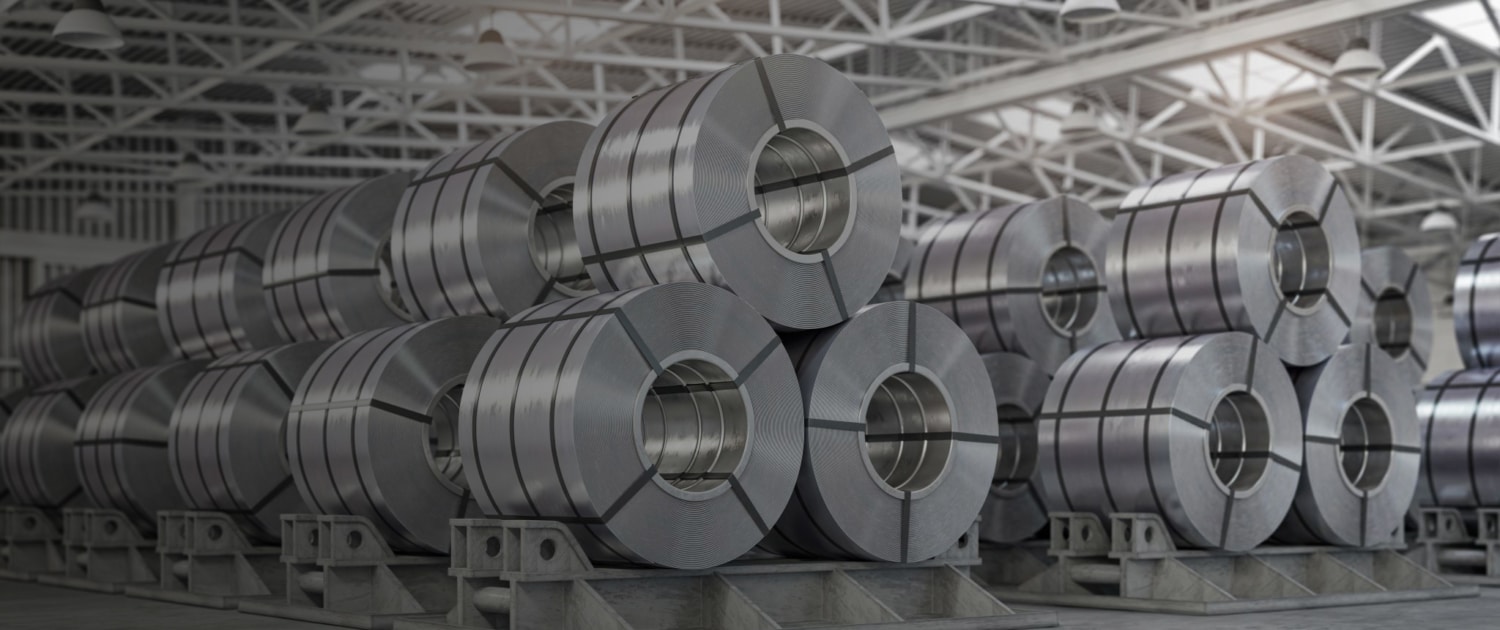Architectural Zinc
Architectural zinc has been used as a roofing and façade cladding material since the 19th century thanks to the numerous esthetic and functional qualities it possesses and which allow its adaptation to all architectural styles. Its natural surface and changing reflections make it an extraordinarily versatile material.
Titanium-zinc can blend into its surroundings or, on the contrary, highlight the unique character of a facade, depending on the intended effect. Its excellent malleability and the adaptability of the systems used to install it enable architectural zinc to conform to the most complex® and unusual geometries. It can be installed both on low pitched roofs (with a minimum of 3º) as well as on façades.
The wide range of surface finishes produced by architectural zinc and the numerous possible combinations, as well as the many types of installation systems available nowadays, offer a host of possibilities for the inside and outside of buildings.
Benefits of Architectural Zinc
Long Term Protection
Titanium-zinc is a living material and develops a self-healing patina throughout its lifetime that continually protects it and confers to it a characteristically unique appearance. Once in place, the result is a durable, resilient external building skin practically impervious to the worst the weather can throw at it.
Sustainability
Zinc is one of the few building materials that are 100% reusable and recyclable for an unlimited number of times. Each recycling process takes away none of the mechanical and chemical properties that make it such a high-quality material.
Appearance
architectural zinc is a contemporary material, perfectly suited to all types of architecture, both classical and modern. architectural zinc offers a huge variety of surface aspects which create a vast number of design possibilities.





